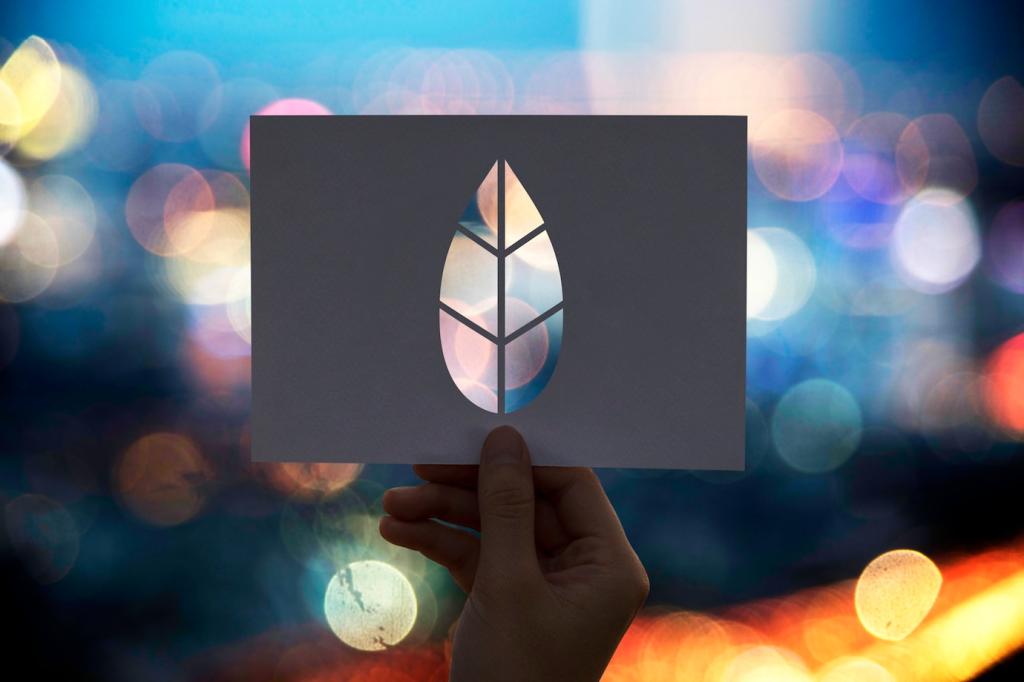
Gentle, Green Care for Wooden Furniture
Chosen theme: Eco-Friendly Cleaning Techniques for Wooden Furniture. Welcome to a warm, practical space where every tip protects grain, glow, and the planet. Stay with us, ask questions, and subscribe for weekly wood-safe, low-waste routines that truly work.
Wood’s Natural Structure
Wood is a living memory of a tree’s journey—cellulose fibers, lignin, and open pores that swell and shrink with moisture. Eco-friendly cleaning respects this delicate structure, using minimal water, soft cloths, and mild solutions that preserve grain, color depth, and joinery integrity over time.
Finish-Friendly Chemistry
Harsh alkaline or acidic cleaners can cloud shellac, dull lacquer, and strip wax. Green techniques lean on pH-mild solutions, careful dilution, and spot testing. This approach safeguards protective films so you remove grime without dissolving the very finish that guards your furniture from daily life.
Health and Indoor Air Quality
Conventional sprays often release VOCs that linger long after cleaning, irritating lungs and noses. Eco-friendly methods reduce fragrance overload, depend on simple ingredients, and keep air easier to breathe. If you’re sensitive, you will notice the difference quickly—less headache, more clarity, and a calmer home atmosphere.
Green Pantry Solutions That Really Work
Mix one to two teaspoons of unscented castile soap into a quart of warm water. Lightly dampen a microfiber cloth, wring thoroughly, and wipe with the grain. Follow immediately with a dry cloth. This gentle solution breaks oily films while keeping finishes safe from swelling, streaking, or sticky residues.
For stubborn grime, try a 1:10 vinegar-to-water solution, but always spot test and avoid delicate shellac or fresh wax. Vinegar’s mild acidity helps cut buildup, yet restraint is key. Apply sparingly, wipe quickly, and dry completely so moisture doesn’t migrate into pores or undermine sheen and clarity.
For sheen, favor thin coats of beeswax-based polish or a blend with carnauba for added hardness. Avoid olive oil, which can go rancid. If you prefer oils, walnut or fractionated coconut are more stable. Buff lightly with a clean cloth, and invite readers to share their favorite natural polish recipes.
A Step-by-Step Low-Impact Cleaning Routine
Daily or Weekly Dusting
Use a dry microfiber cloth and move with the grain to lift dust instead of grinding it into the finish. For carved details, a soft natural-bristle brush loosens debris gently. This small habit prevents micro-scratches, shortens deep-cleaning sessions, and preserves that warm, touchable surface everyone loves.
Gentle Spot Cleaning
For fingerprints or sticky marks, dab a corner of cloth in diluted castile soap, then work the area in small circles. Immediately dry with a second cloth. This two-cloth method prevents water from seeping into seams, helping hinges, drawer runners, and tabletops stay stable and squeak-free for years.
Monthly Buff and Breathe
Once a month, apply a whisper-thin layer of eco-friendly wax. Let it set per label directions, then buff until your reflection softens across the grain. Share your before-and-after photos and tell us which buffing cloth you prefer. Subscribe for seasonal checklists tailored to your climate and furniture styles.
Stain and Odor Rescue without Harsh Chemicals
Set a clean cotton cloth over the ring and apply low, brief heat from a hair dryer, moving constantly. The goal is to coax trapped moisture from the finish, not scorch it. Finish with a tiny touch of wax, buffing until the halo blends back into the original glow.
Tools, Textures, and Tiny Habits for Lasting Beauty
Stock up on high-quality microfiber cloths and a soft natural-bristle detail brush for carvings and corners. Avoid dyed rags that might bleed when damp. Keep a labeled pair of cloths—one for damp work, one for drying—so you always know which fabric touches the finish next.



